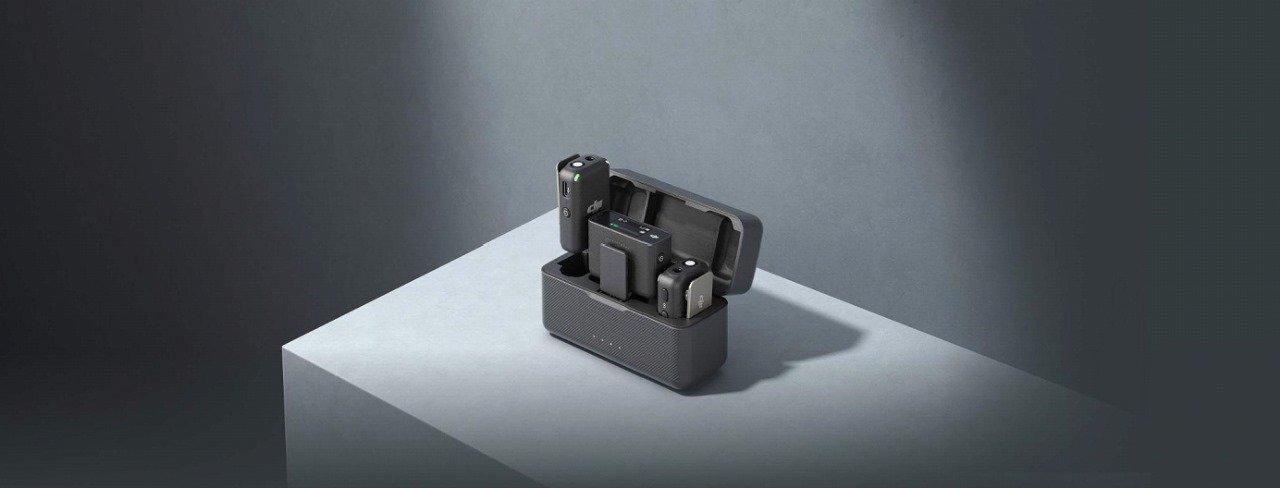In the modern creative world, the term Matoskerie has started gaining attention for its unique approach to art, culture, and mindfulness. It is not just a style or a technique; Matoskerie represents a philosophy that blends creativity, intentionality, and emotional depth. For many, it is a way to create with purpose, expressing personal values while connecting to cultural heritage. Its influence spans traditional crafts, storytelling, digital media, and contemporary design. This article explores the meaning, history, philosophy, and modern applications of Matoskerie, providing a complete guide for anyone interested in integrating it into their creative life.
What Is Matoskerie?
Matoskerie is a creative practice that emphasizes mindfulness, meaning, and craftsmanship. At its core, it encourages individuals to approach their work intentionally, focusing not only on the aesthetic outcome but also on the emotional and cultural significance of their creations. The term itself is gaining popularity because it captures a blend of tradition, artistry, and modern creativity. People drawn to Matoskerie are often looking for a practice that nurtures both personal growth and artistic expression.
The practice is appealing today because it aligns with the growing interest in meaningful creativity. In an age where mass production and superficial design dominate, Matoskerie stands out as a philosophy that celebrates careful thought, story, and cultural resonance. It is both a method for personal development and a creative framework that can be applied in various fields, from crafts and visual arts to branding and digital design.
The Origins of Matoskerie: History and Cultural Legacy
Matoskerie has deep roots in art and storytelling traditions. Historically, communities across Europe and Asia practiced forms of mindful creation, often linked to folklore, rituals, and craftsmanship. These traditions emphasized the importance of intention in creating meaningful objects, stories, and designs. Craftspeople and artists were not merely producing items but embedding cultural values, emotional resonance, and purpose into their work.
Early influences of Matoskerie can be seen in handcrafted items, ceremonial objects, and storytelling practices. These roots laid the foundation for the philosophy that every creation has a purpose beyond its immediate utility. Over time, these traditions evolved, merging with modern design and media to create what we now recognize as contemporary Matoskerie. The cultural legacy of Matoskerie is a testament to the enduring human desire to create with intention and to connect with deeper meaning through art.
Philosophy and Principles of Matoskerie
The philosophy of Matoskerie is centered on mindfulness, emotional expression, and intentionality. Practitioners believe that every act of creation should reflect a conscious thought process and emotional depth. This approach fosters personal growth, encourages reflection, and enhances the cultural value of artistic work.
Mindfulness is a core principle, guiding artists to focus entirely on the creative process rather than rushing to finish a product. Intention ensures that every choice—whether in color, material, or narrative—is purposeful and meaningful. Emotion is equally essential, as Matoskerie encourages creators to embed personal experiences, cultural stories, and feelings into their work. Together, these principles make Matoskerie not just a style, but a holistic practice that merges craft with thoughtfulness, tradition, and emotional intelligence.
Evolution of Matoskerie Through Time
Matoskerie has evolved from traditional craftsmanship to modern creative practices. Originally linked to handmade items and folklore, it has gradually incorporated contemporary aesthetics, digital tools, and global cultural influences. Traditional forms emphasized local heritage, materials, and storytelling, while modern Matoskerie also embraces online platforms, branding, and multimedia design.
The evolution of Matoskerie reflects broader cultural and technological changes. Artists today combine old and new techniques, blending handcrafted methods with digital tools to create works that resonate both emotionally and visually. The philosophy adapts seamlessly to different mediums, showing that Matoskerie is not confined to a single form of expression but is a dynamic practice capable of growth and innovation.
Matoskerie in Modern Design and Lifestyle
In modern design, Matoskerie has become a source of inspiration for interior decoration, fashion, and digital media. Designers use its principles to create items that are aesthetically pleasing, culturally meaningful, and emotionally resonant. The philosophy encourages thoughtful design, where every element is intentional and contributes to a greater narrative.
In lifestyle applications, Matoskerie influences how people approach personal projects, home decor, and creative hobbies. By emphasizing meaning and mindfulness, it fosters a sense of purpose and satisfaction in everyday life. In branding and marketing, businesses are increasingly adopting Matoskerie-inspired principles to connect with audiences on a deeper emotional level, blending storytelling, aesthetics, and cultural resonance into their campaigns.
Emotional and Cultural Significance
Matoskerie carries profound emotional and cultural significance. It is not only about the act of creating but also about the feelings, memories, and stories embedded in the work. Practitioners find that engaging with Matoskerie helps them express emotions that are often difficult to articulate, promoting mental well-being and emotional clarity.
Culturally, Matoskerie bridges historical traditions with modern life. It is particularly influential in the U.S., U.K., and other creative hubs where people value the fusion of heritage, craft, and contemporary aesthetics. Its ability to connect the past and present, and to evoke emotion while showcasing skill, makes it a meaningful and enduring practice.
Matoskerie in Folklore and Popular Culture
Matoskerie has long-standing ties to folklore, myths, and community storytelling. It has historically played a role in ceremonies, local tales, and artistic expressions, helping communities preserve and share their heritage. In modern popular culture, Matoskerie appears in media, social platforms, and creative communities, reflecting its adaptability and relevance.
From handcrafted products to digital artwork, Matoskerie is now celebrated for its ability to combine tradition with contemporary aesthetics. It encourages creators to honor history while innovating for the future, blending folklore-inspired techniques with modern design principles.
Modern Applications of Matoskerie
Today, Matoskerie is applied across craft, design, and digital media. Artists use it to create emotionally resonant pieces, while designers integrate its philosophy into product design, branding, and marketing. In digital spaces, creators apply Matoskerie by curating content intentionally, preserving cultural narratives, and creating meaningful visual stories.
Individuals can incorporate Matoskerie into personal projects by adopting its mindfulness principles, using storytelling, and prioritizing purpose in creation. It is a versatile approach that enhances both the creative process and the emotional impact of the final work.
How to Apply Matoskerie in Your Own Work
To bring Matoskerie into your own work, begin by practicing mindfulness and intentionality. Focus on what each element represents and ensure it aligns with your emotional or cultural goals. Beginners should start with simple projects, such as journaling, small crafts, or digital creations, and gradually explore more complex designs.
Advanced practitioners can blend traditional techniques with modern tools, experimenting with materials, storytelling, and multimedia applications. The key is to remain intentional and reflective, allowing each piece to carry meaning beyond its physical appearance. Over time, applying Matoskerie consistently can transform not only your creations but also your perspective on creativity and cultural engagement.
Common Misconceptions About Matoskerie
Many misunderstand Matoskerie as simply an art style or a trend. While it has visual and aesthetic aspects, it is fundamentally a philosophy emphasizing intention, mindfulness, and emotional depth. Some believe that it requires expensive materials or professional skills, but anyone can practice it using accessible tools and personal creativity.
Another misconception is that the benefits are instant. While initial enjoyment may be immediate, the deeper emotional and cultural benefits emerge over consistent practice. By understanding the true purpose of Matoskerie, creators can practice safely and mindfully, maximizing its impact on personal growth and creative output.
Conclusion
Matoskerie is more than a creative style; it is a philosophy that merges mindfulness, emotion, and cultural heritage with modern design and personal expression. By practicing Matoskerie, individuals can create meaningful works, improve emotional well-being, and connect with cultural narratives. Its adaptability makes it suitable for traditional crafts, contemporary design, and digital media alike. With mindful practice, anyone can explore the depth of Matoskerie, blending purpose, creativity, and emotional resonance into every creation.
FAQs
How can I start practicing Matoskerie?
Begin by focusing on intentional creation. Start with small projects such as journaling, sketches, or craft experiments. Reflect on the meaning behind each element and gradually build your skills and confidence.
Who can benefit from Matoskerie?
Anyone interested in art, mindfulness, storytelling, or cultural exploration can benefit. It is suitable for beginners, students, artists, designers, and anyone looking for a mindful creative practice.
Are there resources or workshops available?
Yes, there are articles, online tutorials, and virtual workshops that teach the principles of Matoskerie. These resources help beginners understand the philosophy, techniques, and practical applications.
Do I need special tools to practice Matoskerie?
No, you do not need expensive materials or advanced equipment. The practice is accessible with basic art supplies, digital tools, or even simple journaling. The focus is on intention and emotional connection, not tools.
How does Matoskerie connect to culture and tradition?
Matoskerie draws from historical craftsmanship, folklore, and storytelling. It preserves cultural heritage while allowing creators to adapt it for modern artistic and digital applications.
Read More: Top Action Cameras You Should Consider: For Travel, Adventure & Creative Video




